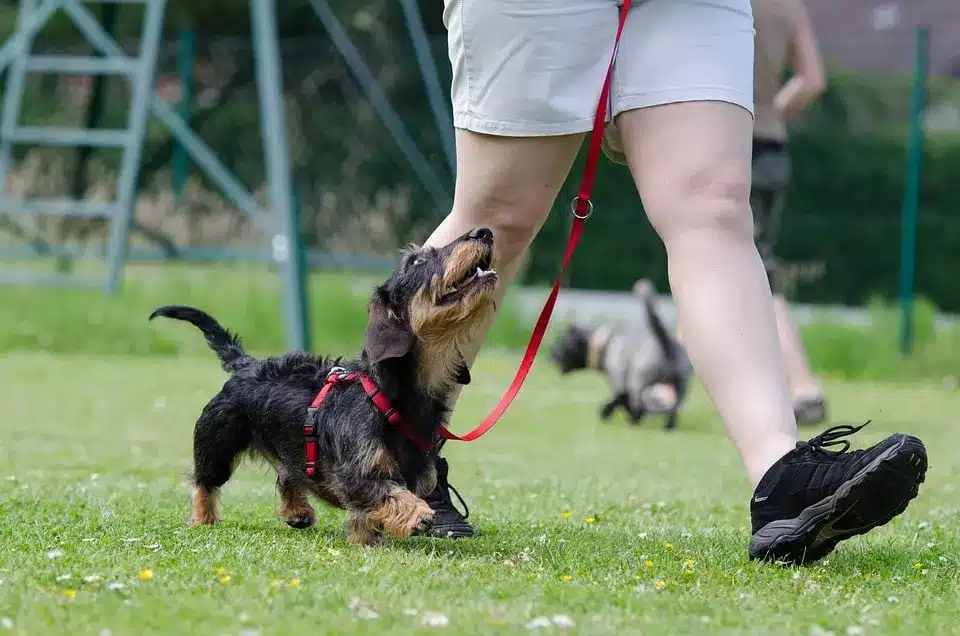Blog Why Your Dog Might Hate Training Classes (And How to Fix It)
Dog training does not always work. One of the most significant reasons is a lack of proper mindset. Training dogs is about teaching a person to make a dog sit, come when called, not jump on people, etc. It involves getting a dog to stop and start behaviors.
Regardless of your skills, having the right mindset to apply the training program and abilities puts you in a position to succeed. Mindset is the most essential thing for animal lovers to have when they train a dog.
You must treat the dog obedience training and class as a critical mission.
Over time, the dog learns that listening to you is only sometimes a priority if you do not. To overcome the hurdle, you must establish where your mindset is lacking.
There is likely some fear involved. You may be afraid to correct a dog for something. The fear might be that you will damage your relationship with your dog instead of realizing it helps improve the relationship.
It gives the dog clarity about your expectations. Before you invest in a trainer, figure out what is holding you back from training your dog.
Another issue is the mindset that once a dog is trained, you do not have to continue pushing training. The dog will have issues if you do not continue improving their skill set. It is known as instinctual drift. Compare the concept to going to the gym to help lose weight. Even if you lose weight, you must go to the gym. Dog training is not a project; it is a process.
Signs Indicating You Should Consult a Professional Dog Trainer
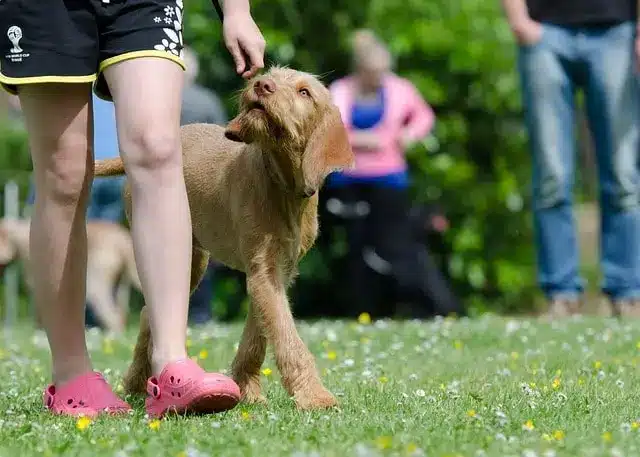
Consult a professional trainer when you and your dog need experience, knowledge, and added time. The lack of knowledge is the most significant limiting factor in a dog’s behavior. It is easy to recognize problems.
Knowing how to bring about change is a challenge. Building a relationship with a knowledgeable professional goes a long way toward increasing your knowledge. A trainer can help you and trained dogs navigate the process by guiding dogs of various temperaments and breeds, like a Border Collie or German Shepherd.
They are valuable resources for guiding you through the process, alerting you to potential pitfalls, and helping you navigate challenges.
Regardless of why your dog might hate training classes and how to fix it, no matter how much you know about dog development, there is more to learn. The greater the knowledge, the more effective time spent with a dog will be. The dog also needs to gain knowledge of what particular actions and words mean, how to behave in various situations, and the expected behaviors and when to perform them.
A trainer’s experience is a valuable resource for increasing knowledge for you, the home trainer, and your dog. When a dog knows what is expected, correcting mistakes is much easier.
There is no substitute for time in the development of a puppy. You reap the benefits of the time spent in puppy classes that last a lifetime. Time spent together allows you to get to know each other. The time spent with a puppy has two compounding factors.
A puppy’s mind is like a sponge. Its ability to learn new things is at its prime, and it has no misconceptions. The first few years are influential. Information gained from a professional trainer increases the quality of time spent with a dog.
Reasons a Dog May Dislike Training
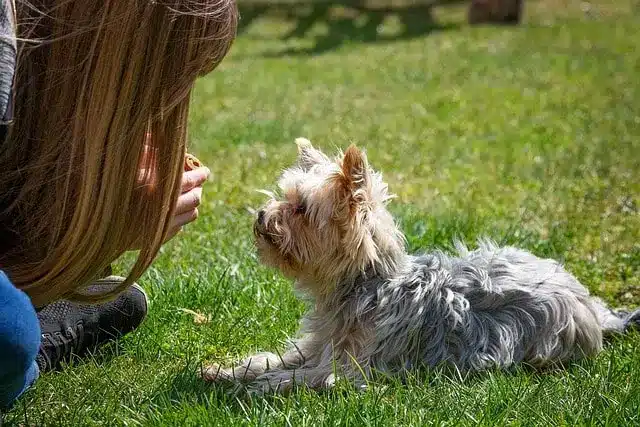
Reasons a dog may dislike training include:
- Lack of motivation
- Negative associations
- Boredom
- Relationship issues between you and your dog
- Genetic temperament
- Breed of dog
- Trainer knowledge
- Methods used
- Seriousness of the program
Lack of Motivation
Toys and treat training must be enough to keep the dog from losing interest.
Negative Associations
If previous training sessions involved punishment or were stressful, dog training may be associated with separation anxiety or a negative experience. Negative behavior from a handler or trainer does not go unnoticed by a dog.
Boredom
Training sessions without variety may bore a dog. Introduce new commands and mix up activities to keep things interesting. Dogs get bored when the voice lacks inflection. Come, sit, down, stay, and heel all sound the same to the dog and do not drive the point home.
To avoid burnout, only work for approximately five to ten minutes. Repeat, repeat, repeat training is very dull to dogs. You must be creative; some dogs respond to silliness that keeps their attention. Use lots of tempting treats.
Find a dog’s Jackpot treat, like meat-flavored treats. Treat and praise the dog every time to do what is asked. Let them know you are happy. Make obedience training into a game with lots of rewards and fun. Find what motivates the dog – games, toys, food, or use of rewards for doing well. Be enthusiastic even when you do not feel like it. If you are bored, the dog will be too.
Relationship Issues Between You and Your Dog
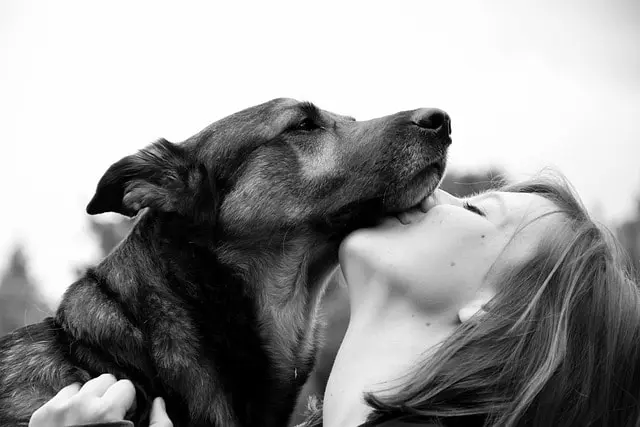
The dog learns to listen to you even with distractions such as toys rolling by, dogs barking, dogs walking nearby, and people talking. They are temptations for a puppy to run and play. Your dog learns to listen to you when a lot happens.
It is rewarding and fun to watch a dog learn. Dogs are unique, and rewarding them creates a bond between you and another animal lover and the dog. However, a dog can get mixed signals if several people are home. Other family members must be on the same page about dog rules.
Your dog wants to be a family member. Dogs do not resist training; dog owners fail to train themselves. Keep it fun for your dog and you. It helps the two of you build a strong bond and continue training lessons.
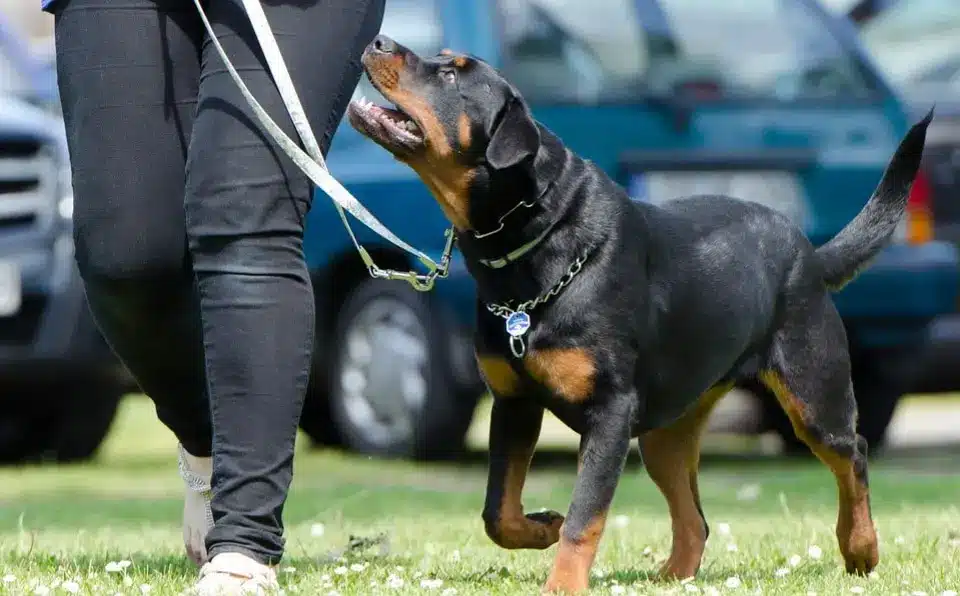
Genetic Temperament
Some breeds refuse to obey or respond to silly demands. It is impossible to teach them tricks, but they will listen and respond through routine and psychology. An old dog or one with a temperament or breed that is naturally lethargic presents a challenge.
Methods To Use
If you struggle with dog training, do not give up. Normal dog behaviors do not conform to human standards of acceptable behavior. Changing their behavior takes time and effort. In an ideal world, pet-friendly workplaces and a flexible schedule allow dog training to be performed most of the day.
In real life, working dog owners have to leave their dogs at home while at work. Dog training and leadership is not a list of things to do in a particular order. Be a firm, patient, and gentle leader. Scientific study proves dogs prefer praise to food.
The most vital tool in any training program is the voice. Dogs are not stupid. They test you to see how you react. Sometimes, you have to make training into a game. If a dog sees you act a particular way, they will catch on.
Start simple. Each time dogs respond, give them a treat. A treat is not blackmail but a way to show good behavior and tell the dog not to mess up. The key to training untrainable breeds is to make the dog think what you want is their idea.
If the dog refuses to obey, change the training approach. Stimulate interest with stronger praise and better-tasting rewards. Low-calorie treats dogs love are available for training. A low-sodium hotdog cut into little pieces is an excellent reward.
Train with patience and love. To teach a dog to sit, tell it to sit and gently push its rump into position. Another tactic is randomly catching it, sitting and marking it with a YES, praising the GOOD SIT, and giving it their Jackpot, Bingo treat.
Eventually, use random treats but always praise and use positive methods. Any time you interact with your dog is an excellent time to reinforce good behavior the dog has learned. Phase treats down, but do not stop praising or treating. Give your dog water freely, but make them work for potty breaks, toys, and affection—praise, praise, praise.
Train a dog to sit or stay while taking long walks. Placing a dog in a crate when they do not respond to praise can be helpful. The dog learns not to displease you and may start to care about a bit of praise. Use what keeps your dog motivated, whether it is treats, praise, or making training part of play.
Trainer Knowledge
Working with a dog trainer is an excellent idea, especially if it is your first dog. You and your dog learn together. You can join a training class or have an experienced trainer visit your home to see what is happening and offer advice.
Training can be fun, but it is also a lot of work. You cannot progress by forcing the dog to do anything. A lot depends on the animal’s age, breed, etc.
How to Correct a Dog During Dog Training
Corrections are essential to shaping a dog into the well-trained dog you want. They communicate with the dog when it does something wrong. Communication is everything. There are three types of correction.
- Spatial correction
- Verbal correction
- Physical correction
Spatial correction involves spatial pressure to correct unwanted behavior, such as using a fence or hedge as a barrier to naturally slow down a dog that runs past you when retrieving. Verbal correction uses voice inflection and tone to indicate displeasure. Physical correction applies physical pressure, such as a tug on a leash, Martingale collar head halter, nick from a pinch collar, choke collar, or placing a dog in the correct position.
Training Dogs that Are Poorly Trained Dogs
Retraining a dog is more complicated than training it correctly the first time. It is essential to remember that retraining takes additional time to correct bad behavior. Owners must establish clear boundaries and rules for the dog.
Common body language that indicates bad behavior includes barking, digging, howling, jumping, destroying things in the home, and aggression. If your dog displays these behaviors, you want a dog trainer to retrain them to prevent injuries or noise complaints from those around you.
What to Do if Dog Owners Cannot Train a Dog
If training does not work or your dog shows signs of fear of aggression, an expert’s guidance and opinion are valuable. Talk to a veterinarian for help finding reward-based dog trainers or veterinary behaviorists. Strategies for training stubborn dogs include:
- Being consistent
- Avoiding punishment
- Choosing the right rewards
- Making training a habit
- Getting help
If you are not consistent, dogs may be confused rather than stubborn. Punishment increases anxiety and undermines a dog’s trust in you. Increasing high-value rewards and the frequency of rewards dramatically improves a dog’s response and behavior. Training must be part of the daily routine.
How to Improve a Dog’s Training
An essential aspect of dog training is creating an environment that sets pet dogs up for success. Animals cannot read our minds. Use positive reinforcement. Most dog trainers have scientifically shown it to be the best approach for pet dogs.
Refrain from punishing a dog for performing the desired behavior inconsistently or slowly. Ask yourself if:
- You are correctly shaping the dog’s behavior
- Your expectations are appropriate
- You are providing appropriate rewards for the dog’s personality
A fearful dog develops at a slower rate. Positive reinforcement methods are the most likely to succeed.
Contact Very Important Paws today in Palm Beach for all your dog boarding, hotel, daycare, grooming, and training needs.

